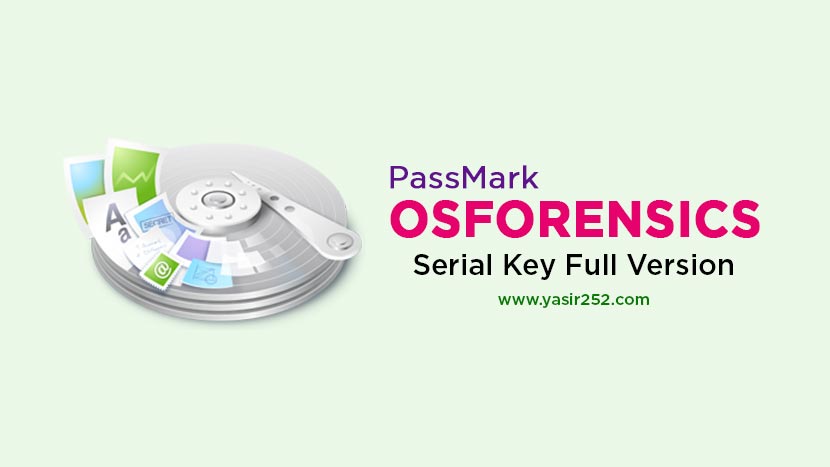

Mount: /home/jemurray/ib/p7: unknown filesystem type 'swap'.ĭrwxr-xr-x 23 root root 4096 Oct 8 12:42. Mount: /home/jemurray/ib/p6: WARNING: device write-protected, mounted sudo mount /dev/nbd1p7.


Mount: /home/jemurray/ib/p5: WARNING: device write-protected, mounted sudo mount /dev/nbd1p6. Mount: /home/jemurray/ib/p4: WARNING: device write-protected, mounted sudo mount /dev/nbd1p5. dev/sda, not /dev/sda1)? Or the other way sudo mount /dev/nbd1p4. Maybe the wrong device is used? Or the whole disk instead of a

The device '/dev/nbd1p3' doesn't seem to have a valid NTFS. p3įailed to mount '/dev/nbd1p3': Invalid argument Mount: /home/jemurray/ib/p2: WARNING: device write-protected, mounted sudo mount /dev/nbd1p3. Mount: /home/jemurray/ib/p1: WARNING: device write-protected, mounted sudo mount /dev/nbd1p2. vnios-disk.vmdkĮxamine the images qemu created: ls -al /dev/nbd1p*īrw-rw- 1 root disk 43, 33 Jan 9 14:28 /dev/nbd1p1īrw-rw- 1 root disk 43, 34 Jan 9 14:28 /dev/nbd1p2īrw-rw- 1 root disk 43, 35 Jan 9 14:28 /dev/nbd1p3īrw-rw- 1 root disk 43, 36 Jan 9 14:28 /dev/nbd1p4īrw-rw- 1 root disk 43, 37 Jan 9 14:28 /dev/nbd1p5īrw-rw- 1 root disk 43, 38 Jan 9 14:28 /dev/nbd1p6īrw-rw- 1 root disk 43, 39 Jan 9 14:28 /dev/nbd1p7Ĭreate mount points for the new filesystems: mkdir mkdir mkdir mkdir mkdir mkdir mkdir p7Īttempt to mount each individual directory: sudo mount /dev/nbd1p1. Load the network block device module: sudo modprobe nbdĬreate the network block devices from the vmdk image: sudo qemu-nbd -r -c /dev/nbd1.
#Osforensics vmdk linux install#
Install qemu utils: sudo apt install qemu-utils OSForensics lets you extract forensic evidence from computers quickly with high performance file searches and indexing. By mounting the vmdk file system directly, we can take a peek at the hidden secrets the vendor keeps under lock and key. In this example, the ova is a virtual “appliance” which prohibits access a low level root shell. Once exposed, I am able to mount the filesystems embedded within the vmdk. In this example, I downloaded an ova, unarchived it, and retrieved the vmdk files. BIN), Split Raw Image (.00n), Nero Burning ROM Image (.NRG), System Deployment Image (.SDI), Advanced Forensics Format Images (AFF), Advanced Forensics Format Images w/ meta data (AFM), Advanced Forensics Format Directories (AFD) e VMWare Image (.VMDK).Vmdk’s, the underlying filesystem commonly used in vmware, can be mounted on a Linux server using the qemu utilities. OSFMount supports mounting images of CDs, which can be useful when a particular CD is used often and the speed of access is important.įormats supported: Raw Image (.IMG. A second benefit is security, as the disk contents are not stored on a physical hard disk (but rather in RAM) and on system shutdown the disk contents are not persistent. As such this is useful with applications requiring high speed disk access, such a database applications, games (such as game cache files) and browsers (cache files). This generally has a large speed benefit over using a hard disk. OSFMount also supports the creation of RAM disks, basically a disk mounted into RAM. By default, the image files are mounted as read only so that the original image files are not altered. You can then analyze the disk image file with PassMark OSForensics by using the mounted volume's drive letter.
#Osforensics vmdk linux windows#
OSFMount allows you to mount local disk image files (bit-for-bit copies of a disk partition) in Windows with a drive letter.


 0 kommentar(er)
0 kommentar(er)
